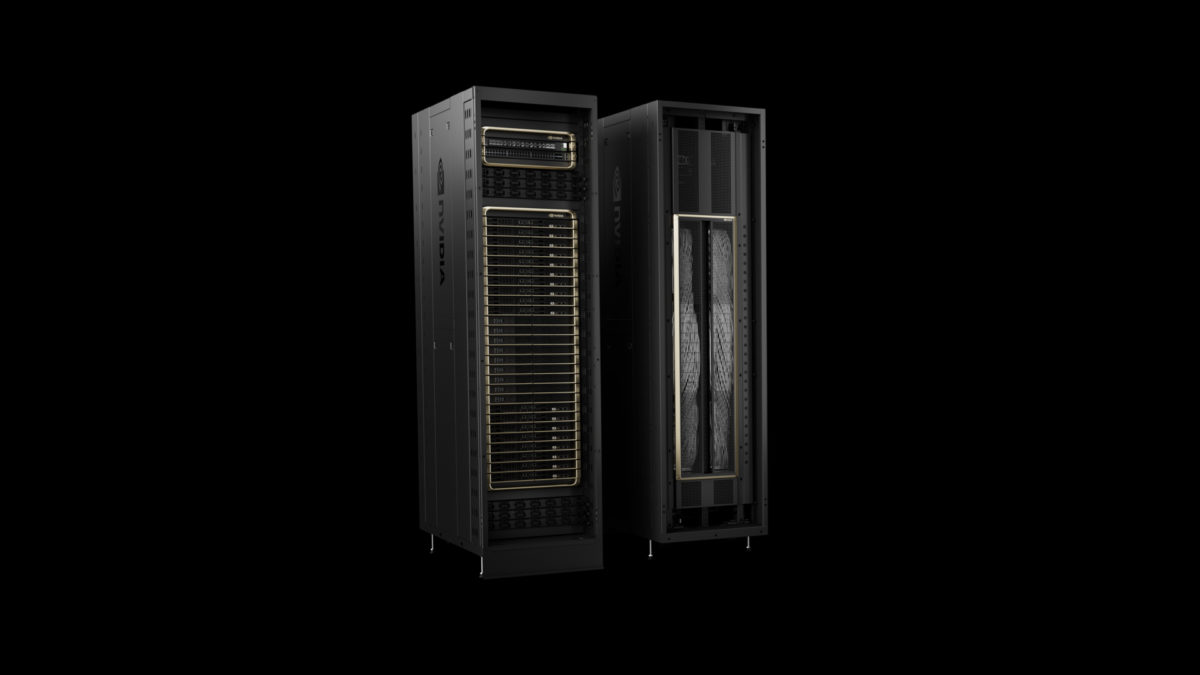What Will the Data Centre Infrastructure Market Look Like in 2025?
Predictions for the Year Ahead from Vespertec
A blog by Philip Kaye, Co-Founder and Director at Vespertec
Release date: 23 January 2025
—
With the world officially a quarter of the way through the 21st century, this is a great time to reflect on 2024 and look towards the future of data centre infrastructure.
We can expect forces such as sustainability, energy efficiency, and the growing impact of AI to continue to shape the broader data centre landscape in 2025. Simultaneously, advancements to AI-optimised hardware, liquid cooling, and next-gen networking solutions are driving changes on a more granular, operational level.
Here are our predictions about what we can expect for data centres for the year ahead:
NVIDIA Blackwell’s breakthrough
After a year of anticipation, Blackwell GPUs are expected to start shipping in significant quantities in 2025. This marks a major milestone as these GPUs are optimised with additional memory capacity and bandwidth to better run demanding LLMs for generative AI workloads.
We expect their adoption will accelerate transformations within hyperscale data centres, both with the deployment of NVIDIA’s GB200 NVL72 and traditional 8-way SXM architecture.
Orders for both are already in the pipeline, and we’ve already seen leading technology firms stand up NVL72 architecture, signalling a larger shift in infrastructure strategies.
Cooling innovation to become a necessity
As thermal demands on IT Infrastructure increase exponentially, liquid cooling (DLC) and full immersion cooling will see rapid adoption. These solutions are essential to managing the heat output of next-gen hardware.
While DLC is likely to dominate in practical implementations, full immersion systems are also expected to gain traction, particularly in high-density environments. Cooling advancements will become synonymous with the evolution of sustainable and efficient data centre operations. Retrofitting existing data centres with these cooling technologies will be key to bridging the gap between legacy infrastructure and modern performance demands.
Networking moves towards 1.6 Terabit Ethernet as next-gen workloads demand more bandwidth
Next-generation AI workloads not only demand more GPU processing power and memory, but they also require access to extremely high bandwidth networking. So it is increasingly the interconnects – the networking interfaces and switches – which are becoming the bottlenecks.
Therefore, both Ethernet and InfiniBand high bandwidth 800Gb/s networking will increasingly be in demand throughout 2025 as data centre operators seek to get the most out of ever more advanced GPUs.
We also expect to see early orders placed for 1.6T switches confirmed in 2025. The launch of 1.6T switches, along with a rise in 800GB network cards, will give operators a competitive, efficient, and future-proof networking solution for AI-heavy data centres.
Ethernet will remain the standard for most enterprise networks, but InfiniBand will continue to play a critical role in high-performance computing environments where ultra-low latency and maximum throughput are essential.
AI pushes the boundaries of storage
AI applications require seamless, real-time performance, making low-latency storage a priority. As we grow to rely on AI, traditional storage architectures can often struggle to meet these demands.
For critical applications such as fraud detection and AI-driven diagnostics, even microsecond delays in data retrieval or write-back can impact decision-making accuracy and timeliness. Equipping data centres to handle this surge in low-latency requirements is vital to unlocking the potential of next-gen AI innovations
Capacity requirements will continue to grow too, and once again, storage vendors have already started to respond. PureStorage, for example, are preparing to ship their 150TB drive in 2025, and are planning to have a 300TB drive ready for 2026.
NAND prices (finally) stabilise
Speaking of NAND, we can expect a lull in some of the price volatility going into 2025. The supply surplus following COVID and the conflict in Ukraine drove prices down to record lows, and since then we’ve seen enormous fluctuations become the norm. Recently however, the rate of price increases has levelled off to around 5-6%, as trend likely to continue into next year barring any external shocks.
Intel faces strategic crossroads
Pat Gelsinger’s resignation sets the stage for a major shakeup of Intel’s strategy, and the incoming U.S administration could play a role. Trump has been vocal in his criticism of the CHIPS Act (from which Intel stands to gain $8.5 Billion in financial support). It’s likely we will see increased tariffs on Chinese imported goods, although given the dominance of Taiwan in the manufacturing of CPUs and GPUs this is unlikely to provide Intel with a major competitive advantage.
Speculation is already swirling, from the possibility of another major firm acquiring Intel, to Intel striking a deal to manufacture AI chips for firms like NVIDIA. Whatever the outcome, expect game-changing news from the company in 2025.

